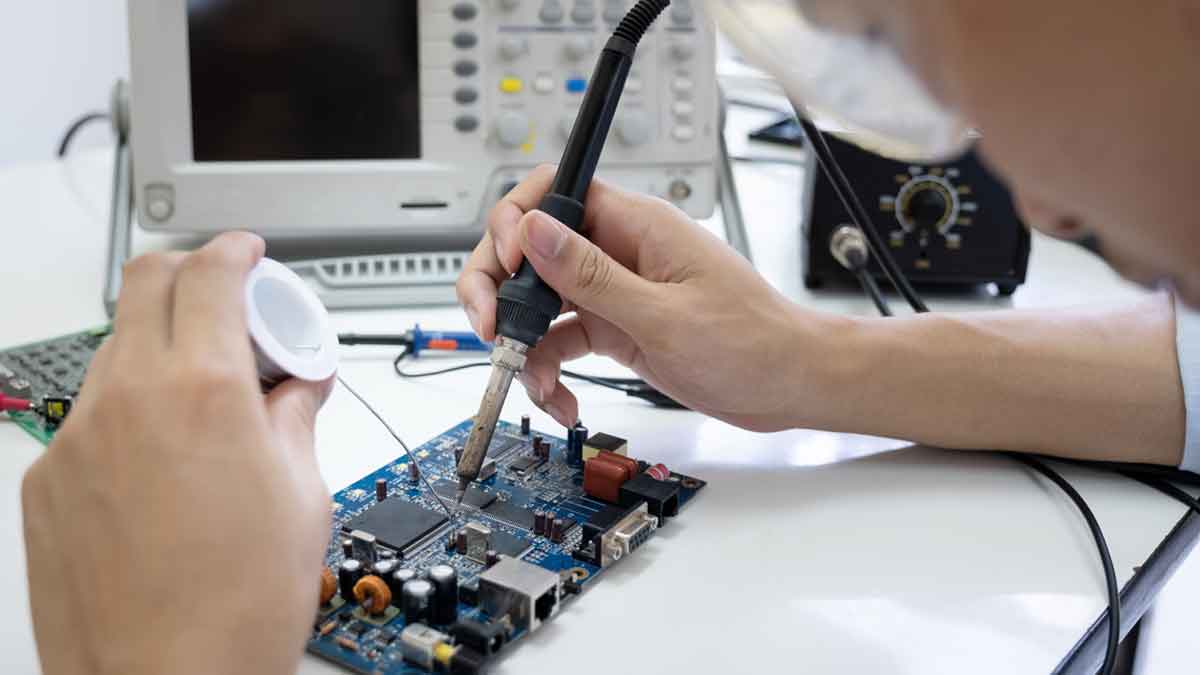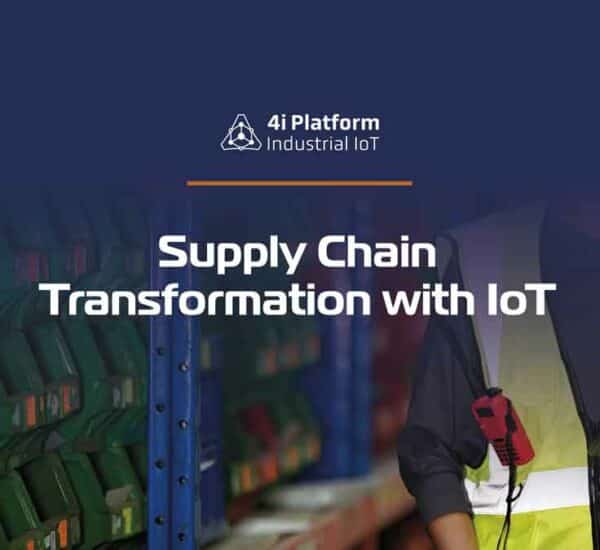Certainly, a high percentage of manufacturers are using the IoT system and its new technologies to help bring up productivity, efficiency, and reliability. As a result, some of the benefits of IoT that any company can get by applying IoT Systems in their processes are:
- Robotics
- Networked communications systems
- Sophisticated sensors
- Actuators
- Software applications that conduct robust data analysis
- Autonomous machine-to-machine communications
However, these are just some of the examples of the impact of IoT in this revolution that drives the Industrial Internet of Things (IIoT) in the present market.
Primary components of IoT System
Below are the four primary components that all manufacturers should think about before incorporating them into their processes:
- Devices. Firstly, the IoT system allows for sensors that collect data about the environment and actuators that operate machines and motors.
- Communication. Secondly, the communication networks allow the devices to communicate to each other, to the cloud, or someone’s mobile device. This communication is made possible through the Internet, in other words, it allows for almost unlimited connections across the world thanks to the IoT system.
- Data Storage. Above all, data collected from connected sensors must be stored to analyze them in real-time or in the future. You can store data locally or on cloud servers that offer high storage and scalability.
- Data Analytics. Meanwhile, computer algorithms, even Artificial Intelligence, interpret stored data to provide actionable insights.
These benefits of IoT systems also include:
- Predictive maintenance of equipment
- Placing orders for raw materials
- Monitoring customer trends over time.
Conclusion
Manufacturers will need to be certain that safeguards are in place with the benefits of IoT, such as data collection, storage, and sharing as technology becomes a bit more intriguing and interconnected.
If you want to learn more about IoT systems and how to incorporate them into your company, click here!





